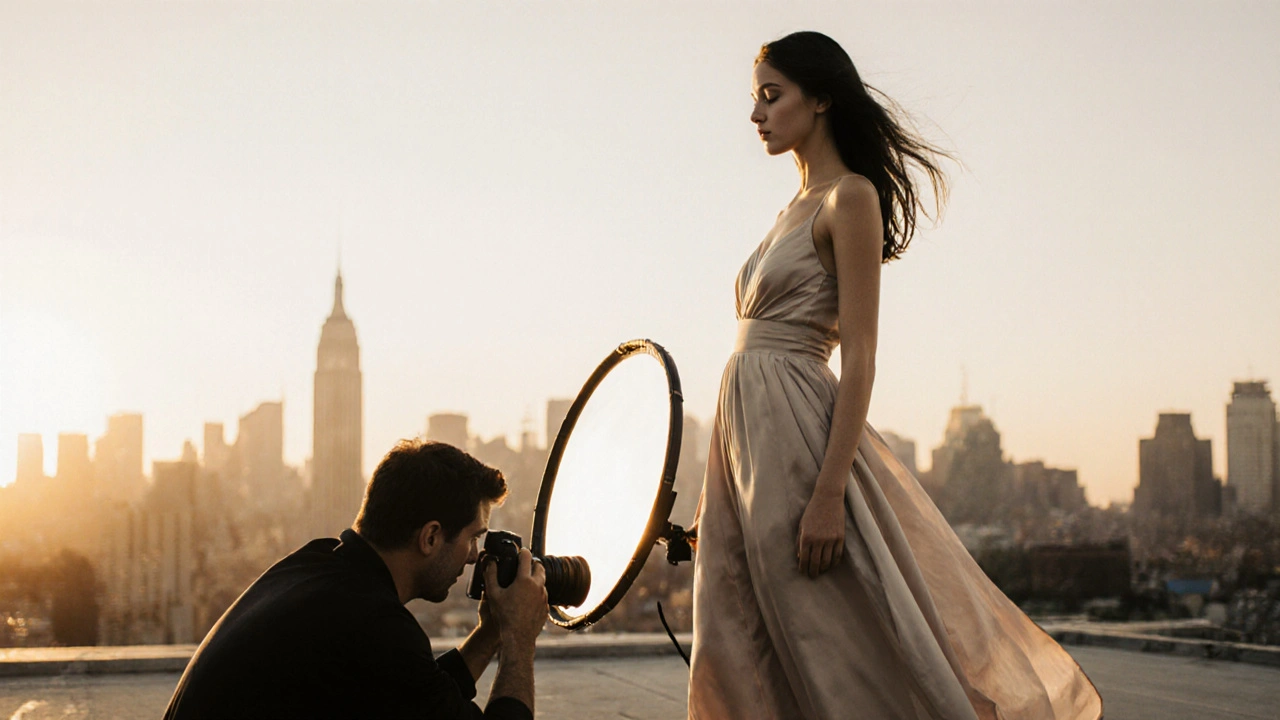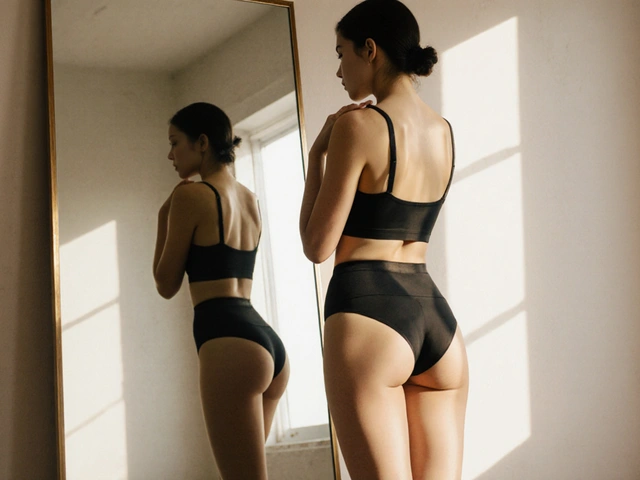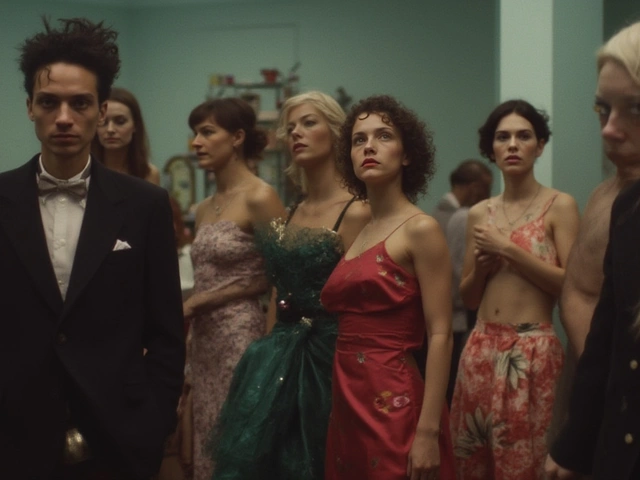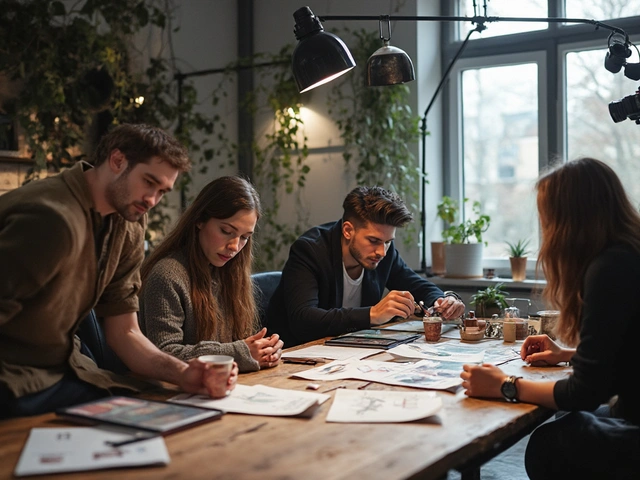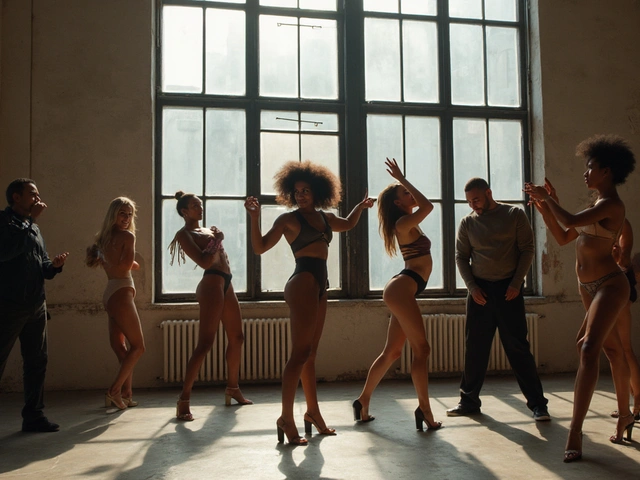Ever wonder why some model photoshoots look like magic while others feel flat, even when the model is stunning? It’s not just about the model’s pose or the lighting setup. The real difference often comes down to one person: the photographer. A photographer isn’t just the person holding the camera. They’re the director, the coach, the mood setter, and sometimes even the therapist during a shoot. In a model photoshoot, their role isn’t optional-it’s everything.
They Set the Vision
Before the model walks in, the photographer has already imagined the final image. They’ve studied the mood board, talked to the stylist and the client, and decided what emotion the photo should carry. Is it edgy and raw? Soft and dreamy? Powerful and commanding? That vision doesn’t come from the model’s wardrobe or the location-it comes from the photographer’s brain.Take a shoot for a high-end fashion brand. The model might be wearing a silk gown and standing on a rooftop at golden hour. But without the photographer guiding the tilt of the head, the angle of the shoulder, the tension in the fingers, it could just look like a pretty picture. The photographer knows that a slight turn of the chin and a half-smile can turn a good shot into a cover-worthy one.
They Direct the Model
Most models aren’t professional actors. Even the most experienced ones need direction. A good photographer doesn’t just say, “Look this way.” They give specific, actionable cues: “Tilt your head like you’re listening to a secret,” or “Push your hip out like you’re stepping off a curb in a hurry.”Some photographers use metaphors: “Imagine you’re dancing alone in your living room at 3 a.m.” Others use physical touch-gently adjusting a shoulder or lifting a chin-because words alone don’t always translate. I’ve seen models freeze because they didn’t know what to do. Then the photographer stepped in, said, “Don’t think. Just breathe,” and the whole shot changed.
It’s not about controlling the model. It’s about helping them unlock a version of themselves they didn’t know they had. The best photographers make the model feel safe enough to be vulnerable, confident enough to be bold.
They Control the Light
Lighting isn’t just about brightness. It’s about shape, mood, texture, and depth. A photographer who understands light can turn a flat, boring room into a cinematic stage. A single softbox angled just right can carve out cheekbones. Harsh midday sun, when used intentionally, can create dramatic shadows that tell a story.On a recent shoot in Brighton, we used a reflector to bounce sunlight onto a model’s face during a late afternoon session. The light hit her skin just as the clouds broke, creating a halo effect. That moment wasn’t luck-it was the photographer anticipating the weather, knowing the sun would break at 5:17 p.m., and having the gear ready. They didn’t wait for perfect light. They made it.
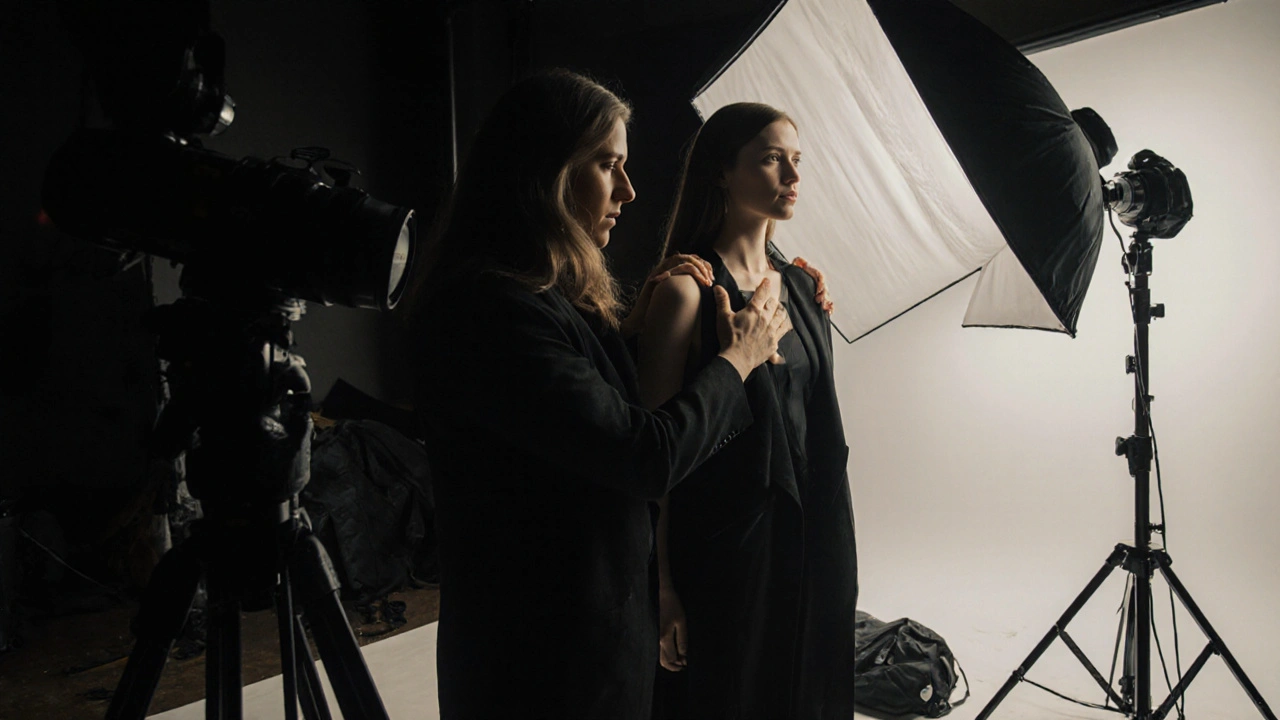
They Build Trust
A model photoshoot can be intense. The model is exposed-literally and emotionally. They’re being judged, framed, and sometimes criticized. The photographer holds a lot of power. If they’re distant, impatient, or dismissive, the model shuts down. If they’re kind, clear, and present, the model opens up.I’ve watched photographers sit on the floor next to a nervous new model, sip tea, and ask about their weekend before saying, “Okay, let’s try something simple.” That five-minute conversation built more trust than a hundred instructions ever could. The camera doesn’t care about your portfolio. It cares about your energy. And the photographer is the one who controls that energy.
They Make Quick Decisions
Light changes. The wind picks up. The model’s hair falls in their face. The client texts, “Can we try something more dynamic?”A good photographer doesn’t panic. They adapt. They’ll switch lenses in seconds. They’ll reposition the model with one hand while adjusting the aperture with the other. They know when to push for another take and when to call it quits. In a three-hour shoot, they might capture 800 images. Only 5-10 will be used. The rest? They’re the byproduct of trial, instinct, and timing.
There’s no second chance for a perfect moment. The light fades. The model’s expression shifts. The moment is gone. The photographer has to recognize it when it happens-and act before it’s too late.
They’re the Editor Before the Edit
Most people think editing happens in Lightroom or Photoshop. But the real editing starts on set. The photographer decides what to shoot, what to skip, and what to push for. They don’t just capture what’s there-they create what should be there.That means knowing when to stop. When to say, “We’ve got it.” When to say, “Let’s try one more, but this time, no smile.” When to ignore the client’s request because the shot they’re asking for won’t work with the model’s energy.
Some photographers get hired just because they’re fast. But the best ones are the ones who know when to slow down. Who understand that the best photo isn’t always the most dramatic one-it’s the one that feels true.
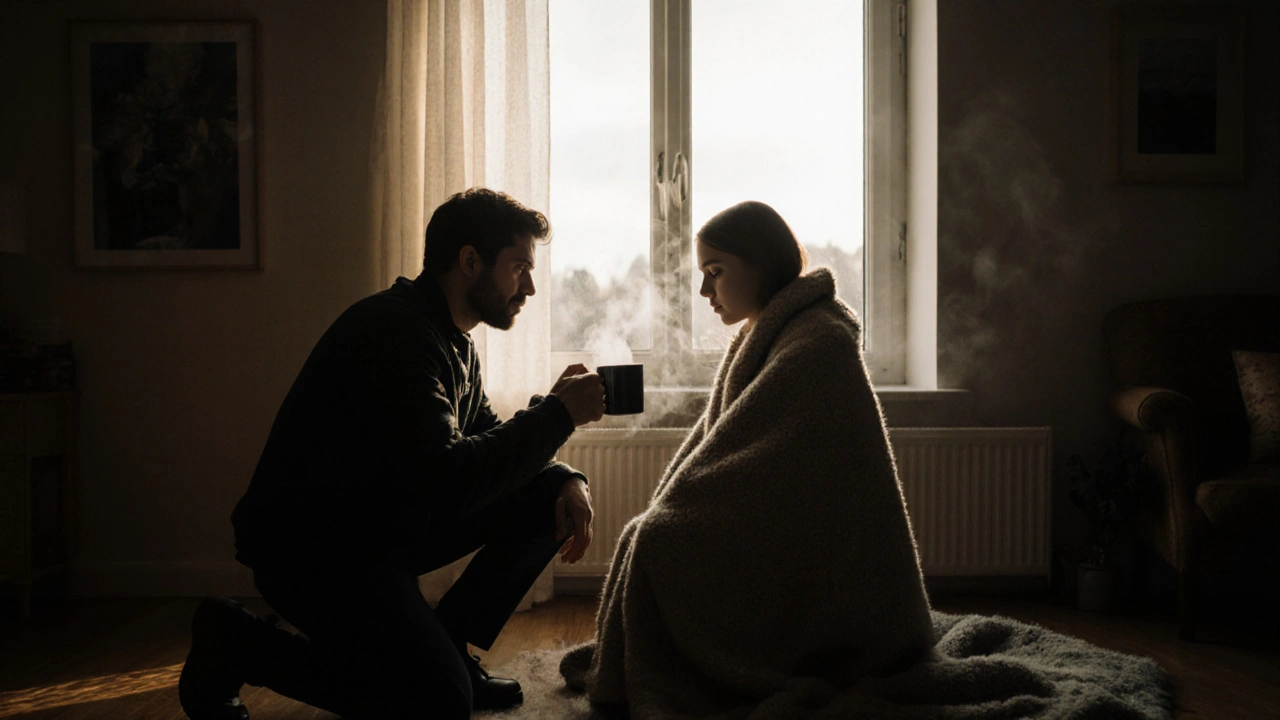
They Turn a Session Into a Story
A model photoshoot isn’t just a series of poses. It’s a narrative. Even a single image can tell a story: loneliness in a crowded city, power in stillness, joy in chaos.The photographer is the storyteller. They choose the angle that makes the model look untouchable. They pick the shutter speed that freezes motion just enough to feel alive. They frame the shot so the background doesn’t distract-it adds meaning.
That’s why two photographers shooting the same model in the same outfit in the same location will produce completely different results. One sees a body. The other sees a soul.
They Respect the Model
The best photographers know their role isn’t to dominate-it’s to collaborate. They don’t treat models like props. They listen. They ask, “How are you feeling?” They check in after long sessions. They make sure the model has water, warmth, and privacy.On a shoot last winter, the model was shivering after a 45-minute session in a thin dress. The photographer didn’t say, “We’re almost done.” They wrapped the model in a blanket, turned off the lights, and said, “Let’s take five. No camera. Just breathe.” That moment didn’t make it into the final gallery. But it made the model feel seen. And that’s what made the next shot unforgettable.
It’s Not About the Gear
You don’t need the most expensive camera to take a great model photo. I’ve seen images taken on a 10-year-old Canon that looked better than shots from a $5,000 Sony. What matters is the person behind the lens.What matters is their ability to connect. To read a room. To know when to speak and when to stay quiet. To understand that a model’s confidence isn’t built by a perfect pose-it’s built by feeling safe, understood, and valued.
Photography is a craft. But in a model photoshoot, it’s also a relationship. The best photos aren’t taken. They’re co-created.
Do photographers choose the outfits for a model photoshoot?
Not usually. Outfits are typically chosen by the stylist or the brand’s creative team. But a good photographer will give input-if an outfit doesn’t photograph well, they’ll suggest alternatives. For example, a very busy pattern might clash with the lighting setup, or a sleeveless top might not work with the pose they want. Their job is to make sure the clothing serves the vision, not fights it.
How do photographers handle difficult or uncooperative models?
Most models aren’t uncooperative-they’re nervous, tired, or unsure. A skilled photographer won’t push harder. They’ll pause, ask what’s going on, and adjust. Maybe the model needs a break. Maybe they’re uncomfortable with the direction. Sometimes, changing the music, moving to a different location, or even just chatting for ten minutes resets the energy. It’s not about forcing compliance. It’s about finding the right connection.
Is it better to hire a photographer who specializes in fashion or one who’s more general?
Specialists usually have a stronger sense of composition, lighting, and posing that works for fashion. They know how to make fabric look expensive, how to shoot movement, and how to handle fast-paced shoots. But a generalist with strong interpersonal skills can sometimes deliver more authentic, emotional results. The best choice depends on the goal: if you need editorial polish, go for a fashion specialist. If you want raw, real moments, a versatile photographer might be better.
What’s the most common mistake photographers make during model shoots?
The biggest mistake is talking too much-or not enough. Some photographers give constant feedback, which overwhelms the model. Others stay silent, leaving the model guessing. The sweet spot is clear, concise direction followed by silence to let the model absorb it. Also, many photographers forget to check the background. A stray wire, a messy shadow, or a distracting object in the corner can ruin a perfect shot.
Can a model’s personality affect the outcome of a photoshoot?
Absolutely. A quiet, introverted model won’t thrive in a high-energy, fast-paced shoot. A bold, expressive model might overwhelm a soft, minimalist concept. The photographer’s job is to match the model’s energy to the shoot’s tone. That’s why pre-shoot meetings matter. Knowing whether the model is shy, confident, or playful helps the photographer plan the right approach from the start.
